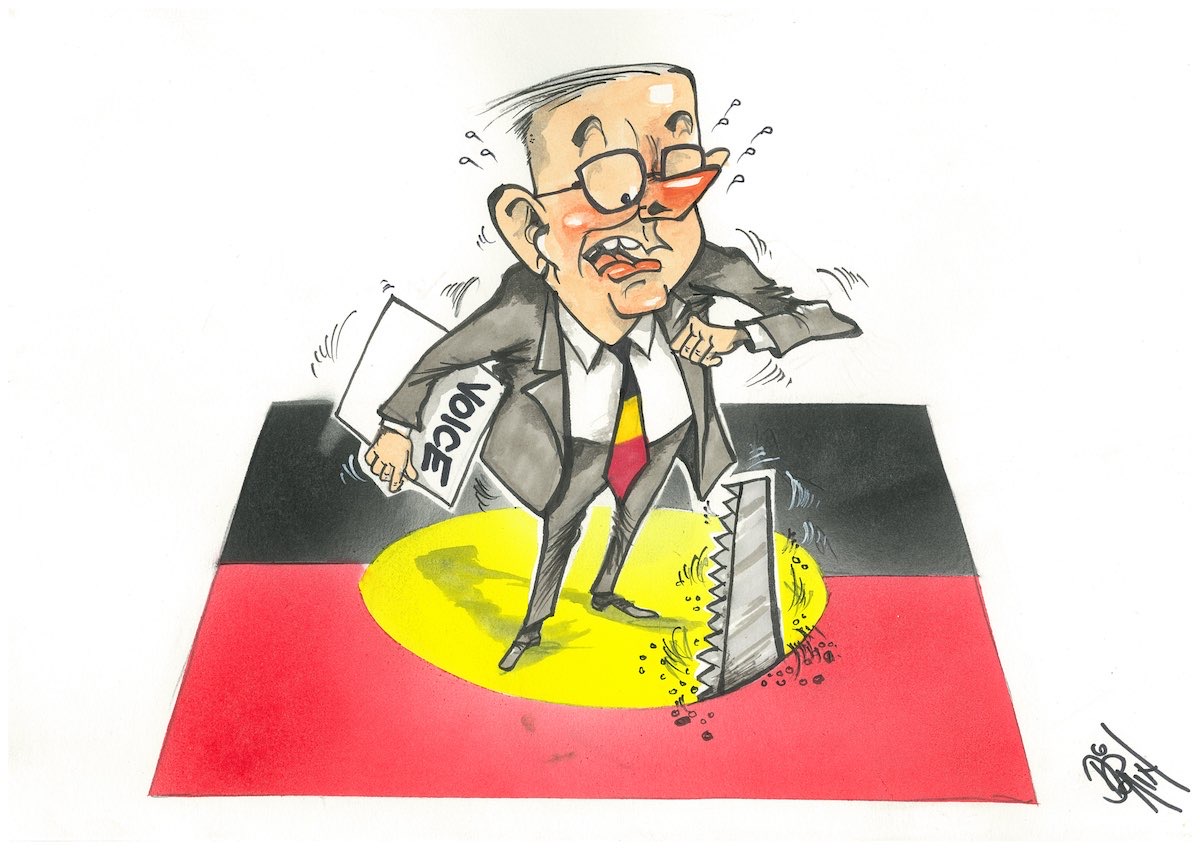
The Voice referendum is set for October 14, the ‘yes’ side is behind and the poll trends are unfavourable, reports election analyst ADRIAN BEAUMONT.
PRIME Minister Anthony Albanese has announced that the referendum on an indigenous Voice to parliament will be held on October 14. To succeed, a constitutional referendum requires a majority in at least four of the six states as well as a national majority.
I have been tracking 2023 Voice polls in a graph since early July. This graph now shows the referendum date.

A Voice poll hasn’t been conducted since the mid-August Resolve poll that gave “no” a 54–46 lead. But all recent polls have trended to “no”, with the most friendly pollster for “yes” (Essential) showing “no” ahead by 47–43 in their early August poll.
In early May I wrote that just one out of 25 Labor-initiated referendums had succeeded in winning the required double majority. Furthermore, while not succeeding, referendums held by Labor had performed much better when held with a general election than as a standalone vote.
With the polling trends as they are, it’s very difficult to see “yes” winning a national majority. If “no” wins nationally, the state results don’t matter.
Ticks and crosses referendum issue
The Australian Electoral Commission will instruct voters to write either “yes” or “no” in the space provided on the ballot paper. But in a media release last Friday, the AEC said that, owing to longstanding legal advice, ticks would be counted as “yes” votes, but crosses would be informal.
This legal advice says a tick is used to indicate approval, so it should be counted as “yes”. A cross can indicated disapproval, but can also indicate a choice, such as on government forms. As a cross is ambiguous, it should not be counted.
Analyst Kevin Bonham said the informal rate at the two 1999 referendums was about 0.9 per cent, and these informal votes would have included blank and other clearly informal votes, so the cross informal rate was likely about 0.1 per cent.
The “no” side is now well ahead in polling for this referendum, and that lead is increasing. It’s very unlikely the ticks and crosses issue will affect the result.
Adrian Beaumont, Election Analyst (Psephologist) at The Conversation; and Honorary Associate, School of Mathematics and Statistics, The University of Melbourne. This article is republished from The Conversation.
Who can be trusted?
In a world of spin and confusion, there’s never been a more important time to support independent journalism in Canberra.
If you trust our work online and want to enforce the power of independent voices, I invite you to make a small contribution.
Every dollar of support is invested back into our journalism to help keep citynews.com.au strong and free.
Thank you,
Ian Meikle, editor





Leave a Reply